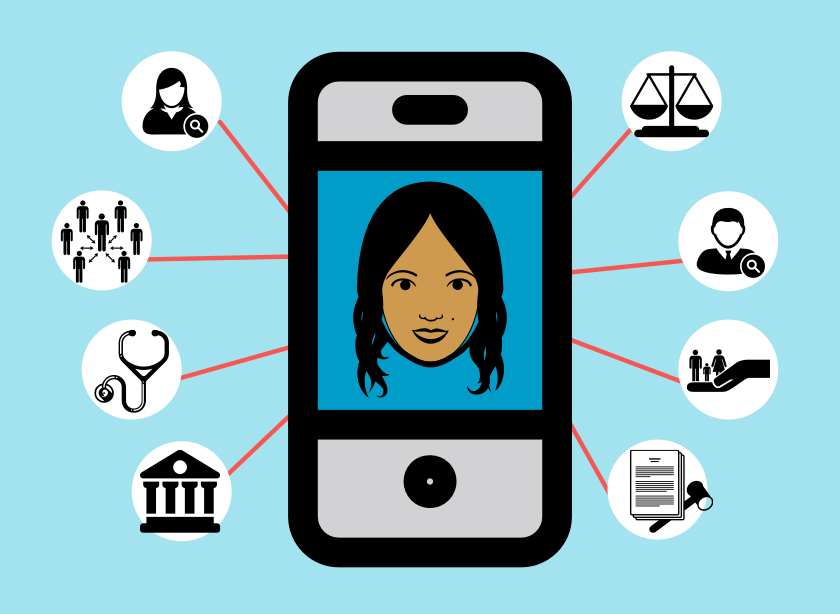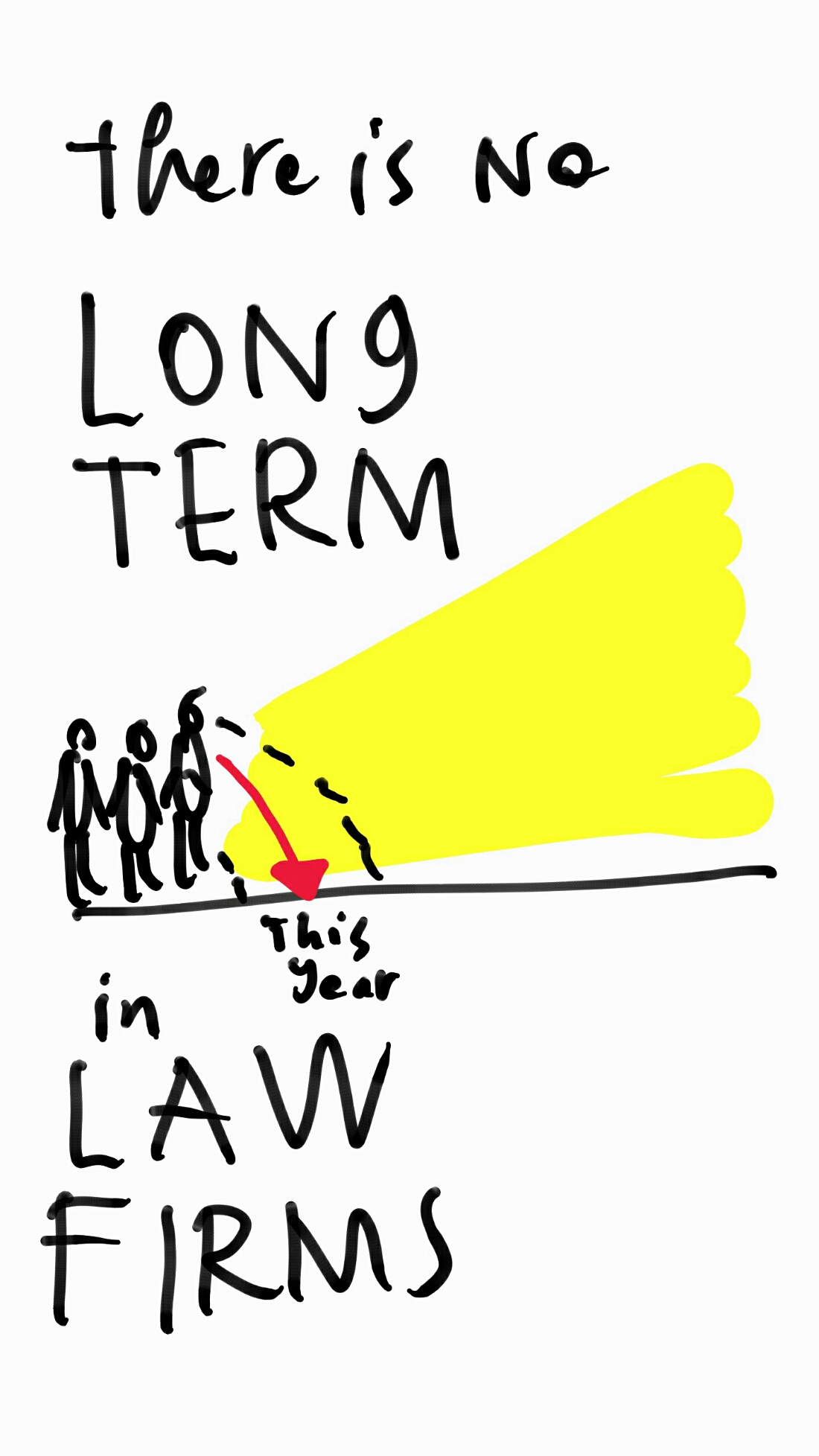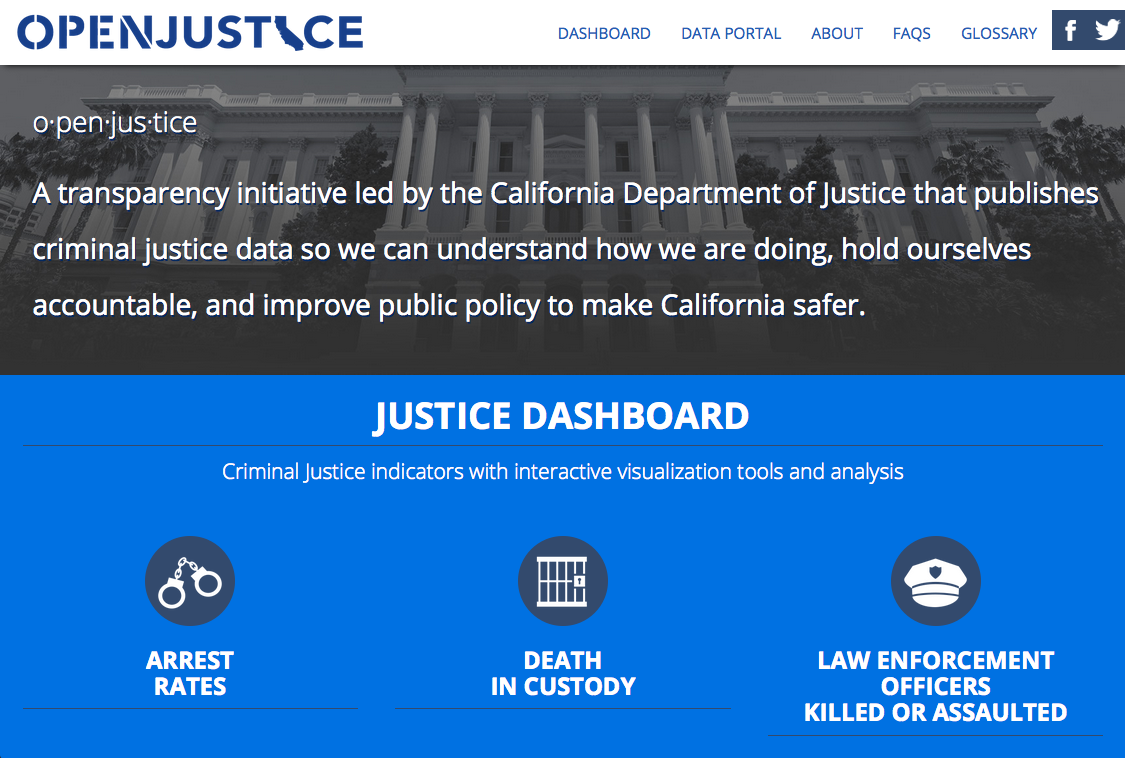During the Legal Design Bootcamp that I was running last week, one of the participating groups came up with a very interesting concept that I wanted to share.
We spent one day going through a design cycle, and they began by choosing a very particular user — a young Guatemalan girl, aged around 16 year old, who ends up in California after having journeyed across land, via Coyote, and is now going through immigration proceedings.
The team explored many different directions about designs to serve this girl — including lowering hurdles inside the legal system that she needs to pass through, having Walmart-style greeters welcome her whenever she comes into the court, drastically simplifying the forms she needs to fill out, and more. They arrived on one idea that had particular promise & began to develop it out.
Their insight: rather than put the burden on her to gather & coordinate all the possible legal services, plus social services, plus logistics to transition to life in the US, what about doing this gathering & coordinating for her? How could we provide her not just with a suite of resources, but with a way for her to easily & intuitively access these resources, without having to seek them out or coordinate them herself?
- case tracker, to watch how her legal petitions are going through the courts
- directions and guides to the court house
- a calendar that is loaded with upcoming appointments (and which can be updated)
- a contact book full of people she can reach out to
- a transit app that lets her get transit as needed
- a video-chat check-in tool





4 Comments
Yeah I love this idea; I think it works for reentry population. this is what innovation looks like in other countries. Specifically I think in Kenya they are pre-populating information on a sim card. The hurdle is in the u.s. and whether you can find someone who is willing to program sim cards and whether the phones that allow for pre-programmed sim cards are actually sold in the United States. did they mention someone who they know does this in the U.S?
The concept is still in early stages, but the idea was to borrow from the schools that give out pre-loaded tablets or computers to their students, filled with educational software — or from employers who give out work phones that have lots of tools, pre-loaded resources. These models seem to show that you can give a device with some restrictions & controls, and use it to maintain a channel with the person while also equipping them with new abilities & links.
This looks great! (By the way, the link near the end of the post, to a New York Times article, returns a “Page Not Found” error.)
Thanks for catching that! I fixed it.